Optimal Timing for Land Clearing
Land clearing is most effective when weather conditions are favorable, typically during dry seasons. Proper timing ensures efficient removal of vegetation and minimizes delays caused by rain or snow. Planning land clearing projects during optimal periods can lead to cost savings and quicker completion.
Spring offers moderate weather and longer daylight hours, making it suitable for land clearing before the growing season begins.
Summer provides warm, dry conditions ideal for large-scale projects, though high temperatures require precautions.
Fall allows for land preparation before winter, with cooler temperatures and less rain in many areas.
Winter is less suitable due to snow and frozen ground, which can hinder equipment operation and delay work.
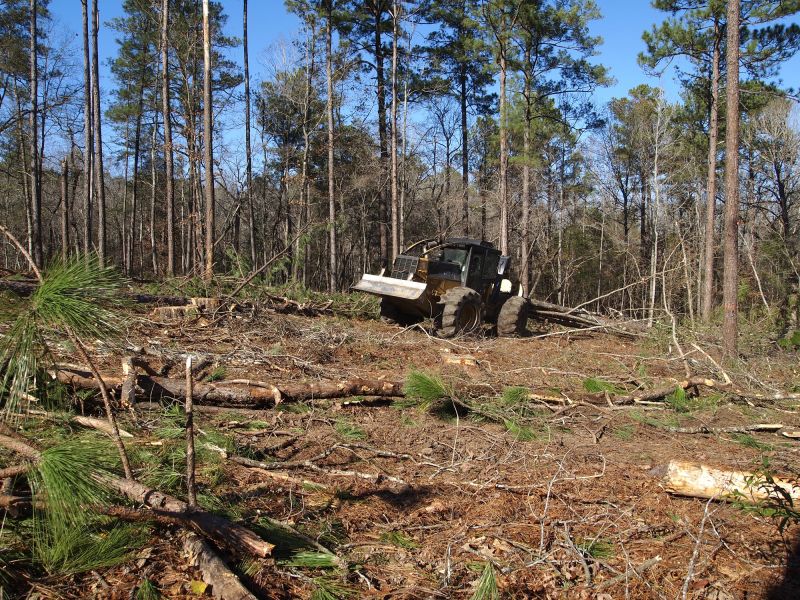
Heavy machinery clearing land during dry conditions.
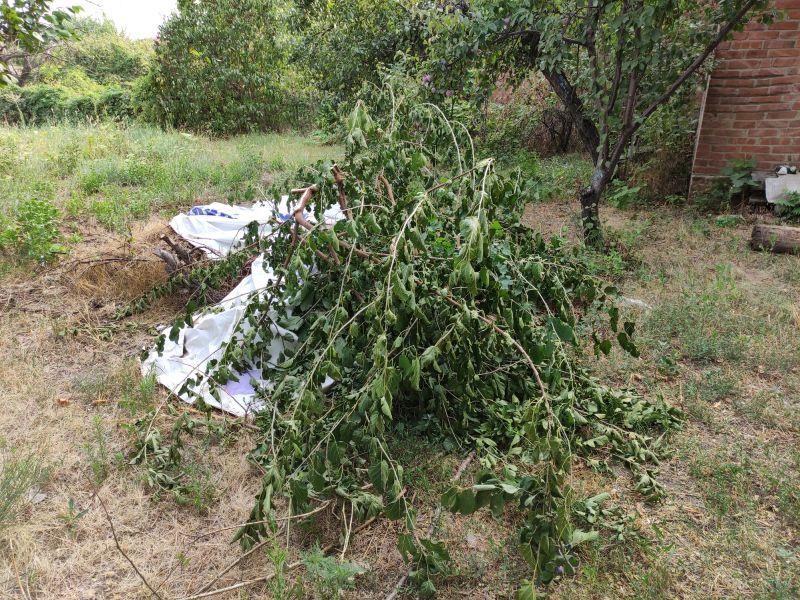
Removing trees and brush efficiently in suitable weather.
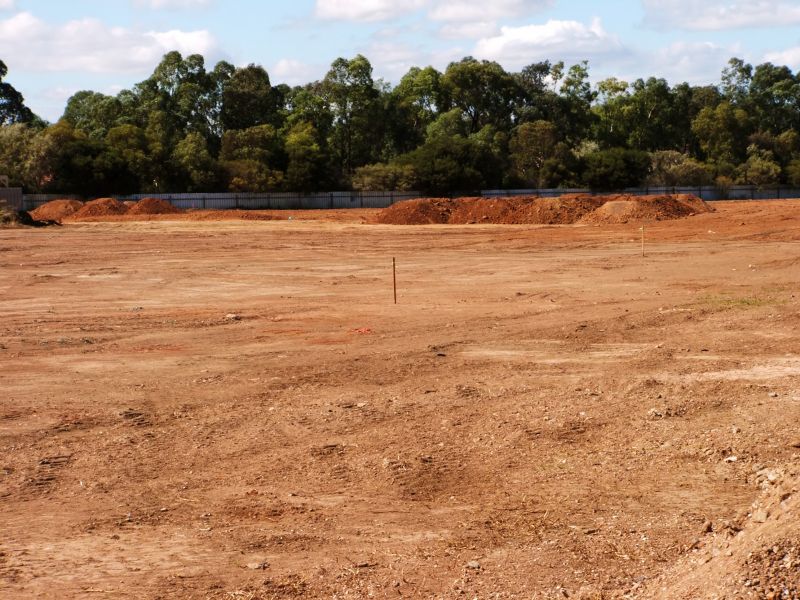
Cleared land ready for construction or farming.
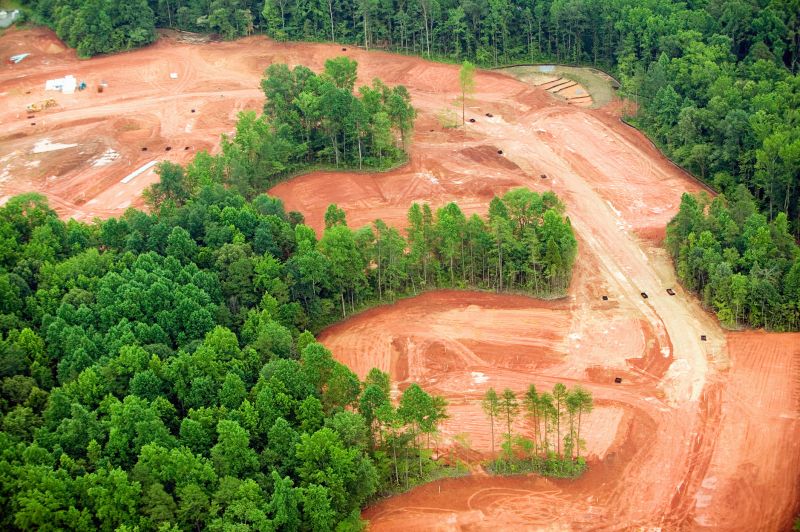
Ways to make Land Clearings work in tight or awkward layouts.

Popular materials for Land Clearings and why they hold up over time.
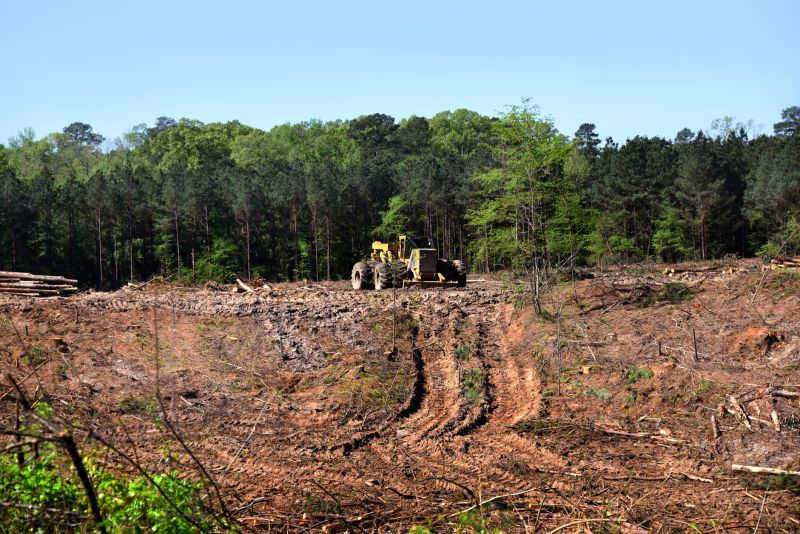
Simple add-ons that improve Land Clearings without blowing the budget.
| Season | Best Conditions |
|---|---|
| Spring | Moderate temperatures, longer days, minimal rain |
| Summer | Warm, dry weather, high productivity, precautions needed |
| Fall | Cooler temperatures, less rain, good for preparation |
| Winter | Snow and frozen ground hinder work |
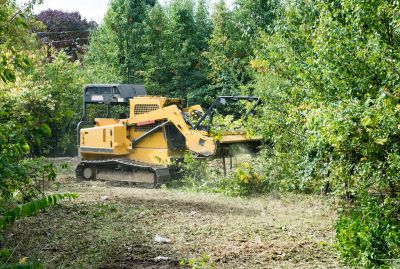
Machinery clearing land during suitable weather.
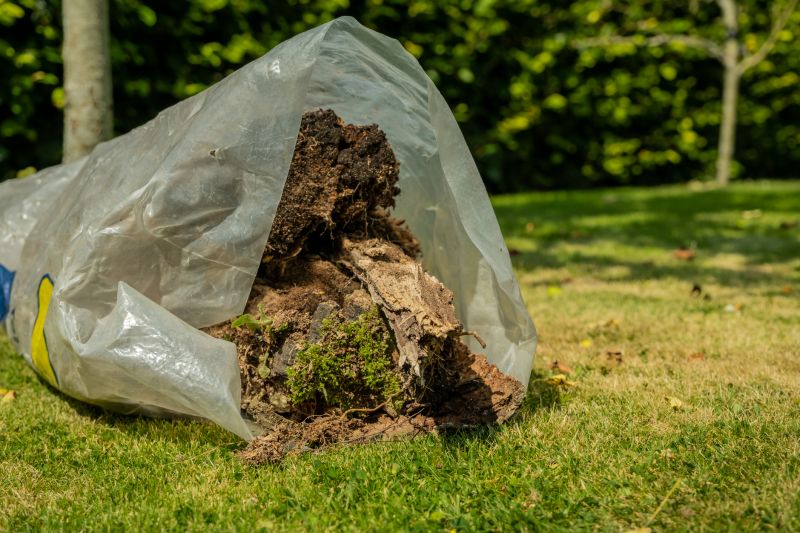
Efficient removal and disposal of cleared vegetation.
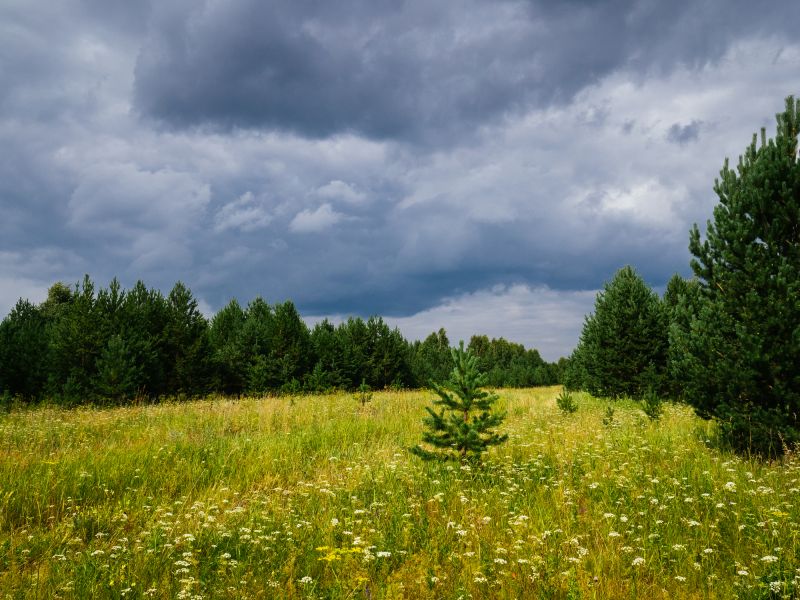
Land prepared for development projects.
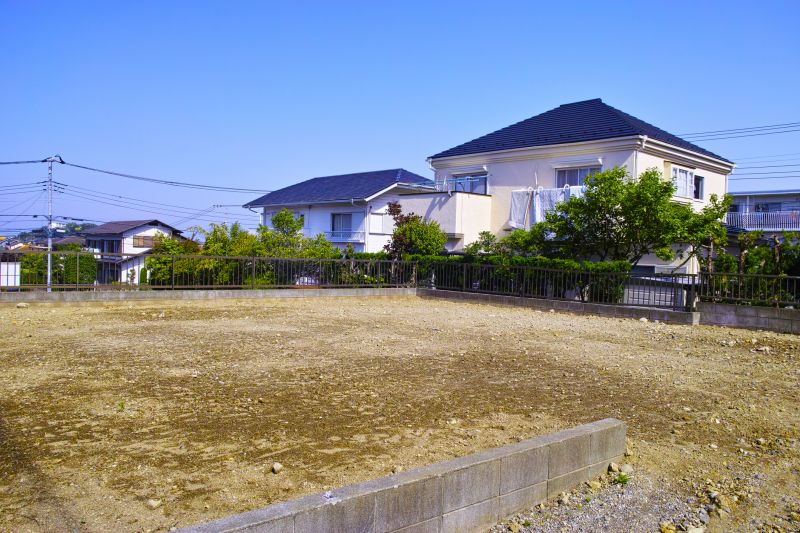
Starting land clearing in early spring.
Individuals interested in land clearing services are encouraged to contact for more information. Proper timing and planning are essential to ensure the success of land development projects. Filling out the contact form can provide tailored guidance based on specific project needs and local conditions in Missoula, MT.
